Modbus MDT: Direct Electric Meter Reads for Submetering Systems
Modbus MDT serves as a wireless bridge, connecting legacy electric meters using the Modbus protocol to centralized submetering systems without rewiring or replacing existing infrastructure.

Modbus MDT Overview
Modbus MDT interfaces directly with single Modbus-compatible electric meters, providing accurate readings by accessing various Modbus registers within the meter. This capability allows it to act as a wireless bridge, connecting legacy or isolated electric meters to modern centralized submetering systems without requiring extensive rewiring or infrastructure replacement.
Designed for seamless communication, Modbus MDT supports near real-time data reporting, enabling property managers to monitor energy consumption effectively. It delivers significant insights beyond just kilowatt-hour usage, including peak demand and instantaneous power readings, which are crucial for optimizing energy management.
By integrating Modbus MDT into their utility monitoring solutions, property stakeholders can enhance billing accuracy, identify inefficiencies, and implement proactive maintenance strategies, ultimately reducing operational costs.
Supports wireless ranges from 1 to over 10 miles, with extended coverage via repeaters (Standard and MAX) or additional gateways (LoRaWAN) for flexible deployment across diverse property layouts.
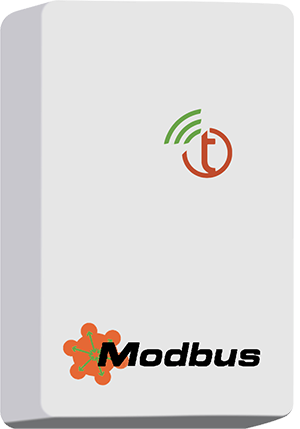
Benefits
Modbus MDT enhances energy management by providing detailed monitoring and efficient data integration.
- Monitors energy metrics, including peak demand and phase currents.
- Facilitates near real-time monitoring to identify inefficiencies quickly.
- Automates reporting, reducing manual data collection efforts.
- Scalable solution for adding registers and devices as needed.
- Seamlessly integrates with existing Modbus systems for effective data sharing.
- Cost-effective alternative to traditional building management systems.
Whether you're looking to optimize energy reporting or enhance management strategies, Modbus MDT offers a comprehensive solution for modern utility oversight.
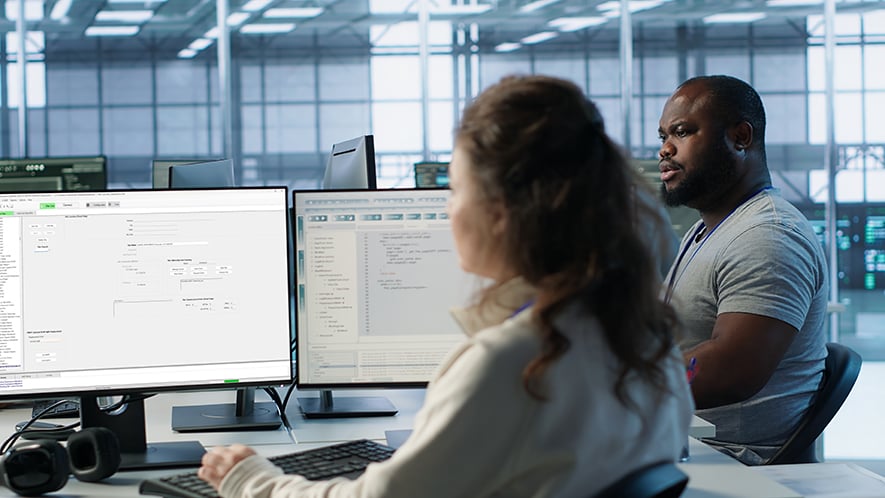
Applications
Multifamily
Housing
In multifamily housing, Modbus MDT efficiently connects to energy meters, providing accurate monitoring of electricity usage for precise billing.
Commercial
Properties
In commercial properties, Modbus MDT streamlines utility management by enabling near real-time data collection, which supports the identification of inefficiencies in energy consumption.
Manufactured
Homes
Modbus MDT simplifies the monitoring process for manufactured home communities, allowing for accurate billing and effective resource management through detailed data integration.
ESG &
Sustainability
Modbus MDT facilitates sustainability initiatives by providing comprehensive insights into energy consumption, guiding property owners in implementing strategies to reduce waste and promote conservation.
-
 Case Study | Guardian Water & Power
Case Study | Guardian Water & PowerGuardian Water & Power encountered significant challenges in outdoor submetering due to harsh weather conditions. Frequent disruptions led to costly repairs and inconsistent data collection, adversely affecting service delivery and customer trust. Recognizing the urgent need for a reliable solution, they sought innovative technology to enhance their operations.
Challenge
- System downtime due to harsh weather
- Repairs were difficult and costly
- Cellular technology meant inconsistent data collection
-
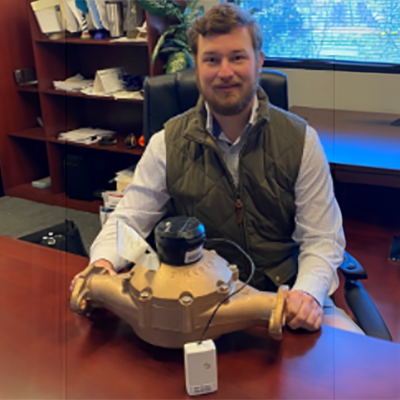 Case Study | Kimco Realty
Case Study | Kimco RealtyKimco Realty Corporation faced considerable challenges in billing their 7,000 tenants accurately for water usage across a diverse portfolio of retail properties. A lack of standardized methods for dividing costs led to disputes and frustration, resulting in millions in uncollected revenue. Recognizing this issue, Kimco sought innovative submetering technology to streamline billing processes and enhance tenant satisfaction.
Challenge
- Inconsistent tenant water billing methods
- Tenant disputes over water costs
- Millions lost in uncollected revenue
-
 Case Study | Fair Energy Submetering
Case Study | Fair Energy SubmeteringFair Energy Submetering faced challenges tracking utility usage and identifying issues such as leaks across various properties. In search of more detailed data for effective management, they turned to Tehama Wireless’ advanced submetering sensors. This innovative technology enabled swift identification of problems, allowing them to avert potential disasters.
Challenge
- Inaccurate tracking of utility usage
- Difficulty identifying leaks in properties
- Limited data hindered effective management
Documentation & Resources
| Input Type | Compatible with reed switch and piezoelectric pulse generator meters. |
| Communication Range | Up to 3500 ft (Standard), nearly 10 miles (MAX/LoRaWAN). |
| Battery Life | Operates on two field-replaceable AA lithium batteries with a typical life of 5-8 years. |
| Operating Temperature | Ranges from -20°F to 145°F. |
| Input Options | Available with single or dual pulse inputs for co-located setups. |
| Waterproof or Water-Resistant Options | Available in the Submersible model, a pulse or encoder unit, with non-field replaceable C battery, designed for use in environments where complete water exposure is expected. |
Interfaces with Modbus-capable devices to wirelessly transmit metering data.
Instructions for configuring and sending custom daily reports from MDTs using email or FTP delivery.
Wiring instructions for connecting the MDT to compatible meters.
Comprehensive steps for configuring and integrating MDTs with the DCAP system
Template for importing site configuration data to Tehama Wireless.
Instructions for replacing batteries in field-deployed MDT units.
Tehama Wireless provides a five-year warranty for its products.
Videos
-
Introduction to the Web App
-
DCAP Troubleshooting
-
Web App Troubleshooting
-
DCAP-TFA Installation
-
Get Started with the Web App
-
Monitoring and Maintaining a System
-
Commissioning a Meter Display Using the Mobile App
-
Requesting and Approving Grants with the Web App
-
Wiring a Water Meter to an MDT
-
The CIT in Detail
-
Commissioning a Site
-
Hardware Setup
-
System Overview
-
Getting started with the CIT
-
Connect Mobile App Overview
-
DCAP Configuration
-
Commissioning MDTs and Repeaters
-
Setup CIT Alerts and Reports
-
Monitoring Data and Network Health
-
Configuring the Display on an MDT
-
Wiring the MDT to its Associated Meter
-
Introduction to the CIT
-
How to Find the IP Address of a DCAP
-
ModBus P2P Reads in the CIT and Web App
How It Works
Gateway or DCAP captures data from connected submeters and relays it to central management systems, ensuring accurate data collection and near real-time monitoring for improved utility management.
This diagram illustrates how Tehama Wireless devices work together to optimize metering solutions
Related Products
-
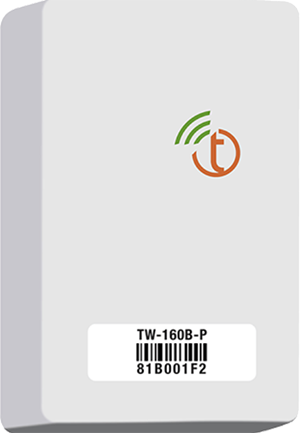 Pulse MDTTracks pulse output meter usage for accurate billing
Pulse MDTTracks pulse output meter usage for accurate billing -
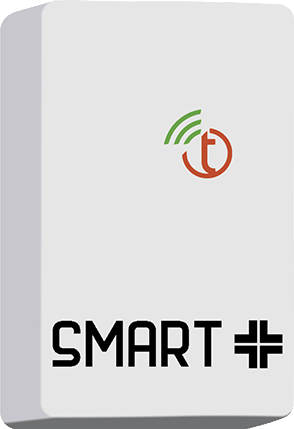 Smart+ MDTEnables near real-time data and advanced alerts with SunSonic® meters
Smart+ MDTEnables near real-time data and advanced alerts with SunSonic® meters -
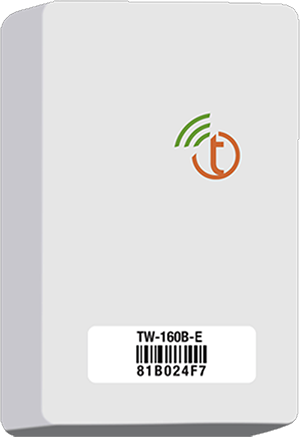 Encoder MDTTracks encoded output meter usage for accurate billing.
Encoder MDTTracks encoded output meter usage for accurate billing. -
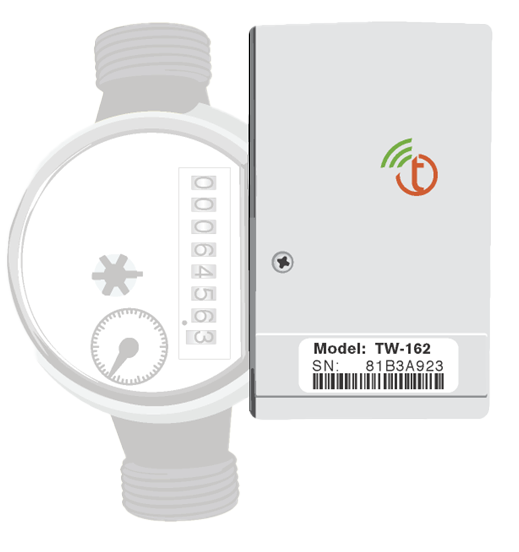 Outsider MDTDirect physical MDT connection on Norgas Versamag water meters.
Outsider MDTDirect physical MDT connection on Norgas Versamag water meters. -
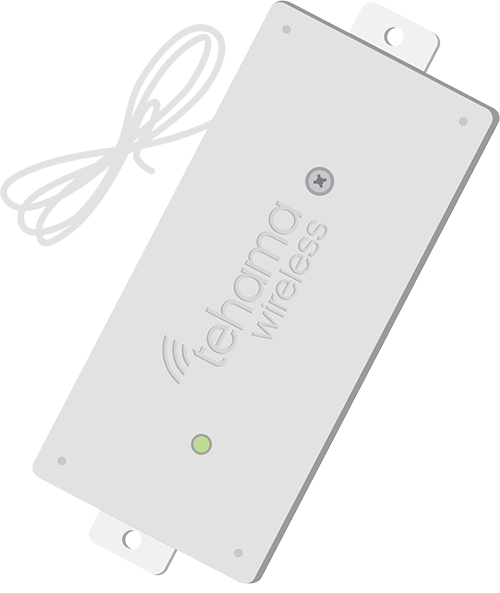 Leak Detection MDTQuickly detects leaks to minimize water events and reduce costly damage.
Leak Detection MDTQuickly detects leaks to minimize water events and reduce costly damage. -
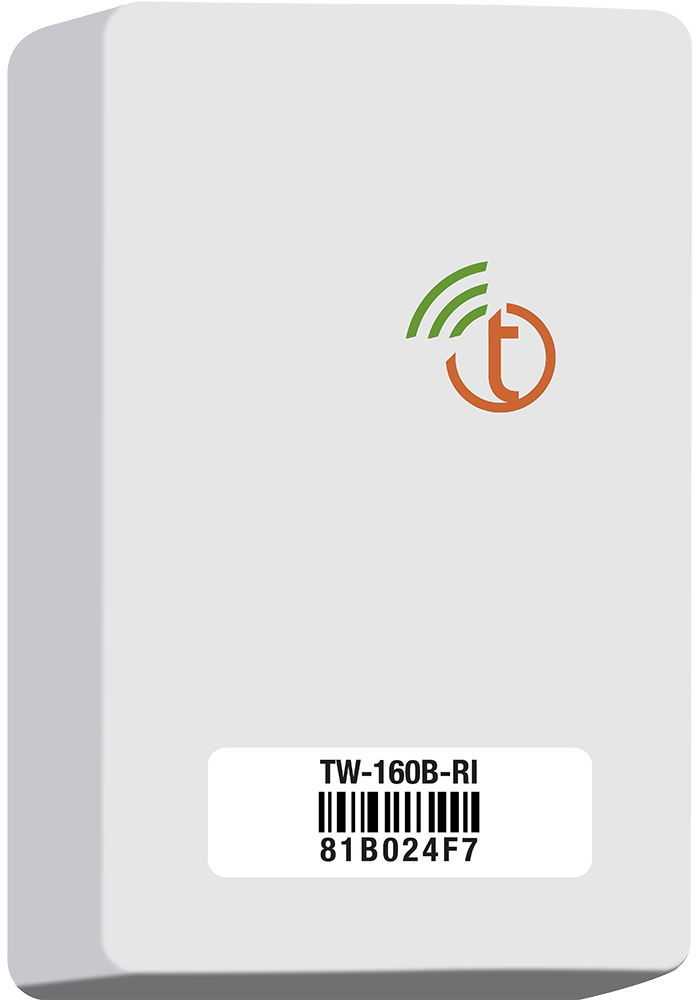 Runtime MDTTracks equipment operation time for accurate usage monitoring, maintenance planning, and performance insights.
Runtime MDTTracks equipment operation time for accurate usage monitoring, maintenance planning, and performance insights. -
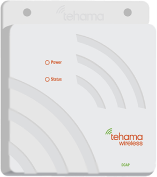 DCAPAggregates and processes submetering data for efficient reporting.
DCAPAggregates and processes submetering data for efficient reporting. -
 DCAP-TFAStandard DCAP functionality plus receives Inovonics PMT and repeater transmissions.
DCAP-TFAStandard DCAP functionality plus receives Inovonics PMT and repeater transmissions. -
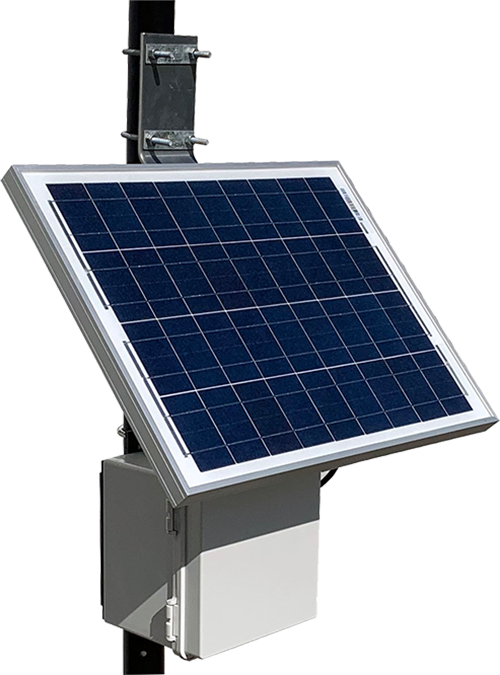 Solar DCAPProvides a complete solution for extending communication range in remote locations.
Solar DCAPProvides a complete solution for extending communication range in remote locations.
FAQs
Modbus MDT interfaces with various electric meters such as Accurev 1310, Dent PS3, Leviton 4100, and EZmeter.
Modbus MDT supports wireless communication ranges from 1 to over 10 miles, with extended coverage enabled through repeaters (Standard and MAX) or additional gateways (LoRaWAN), depending on the configuration and environment.
Modbus MDT is powered by two AA batteries, with a typical battery life of up to 6-8 years under normal conditions.
Yes, Modbus MDT features a straightforward installation process that includes connecting to a single meter without the need for complex setup.
Yes, Modbus MDT is compatible with various utility management systems, facilitating integration for data management and billing purposes.
Modbus MDT is programmed to read specific registers from the connected meter, providing accurate and reliable data transmissions.
Modbus MDT supports configurations for single-meter inputs and can be customized for specific meter models.
Modbus MDT is designed to operate in indoor environments ranging from -20°F to 145°F and can handle up to 90% relative humidity.
Modbus MDT accepts three-wire Modbus signals from compatible meters, enabling a direct read of various utility measurements.
Routine checks for battery status and ensuring clear communication between the MDT and the meter are recommended to maintain reliability.
Related Blogs
Tehama MAX Range for Simplified Long-Distance Submetering
As property managers and business owners strive for enhanced efficiency in utility management, the…
Tehama Standard Range for Affordable Extended-Range Submetering
As property managers and business owners strive for cost-effective utility management, the choice…
Get on the Bus: Modbus and Its Expanding Role in Energy Management
Effective energy management is vital for maximizing operational efficiency and reducing costs. As…